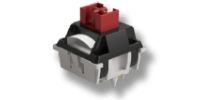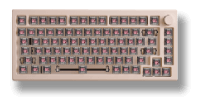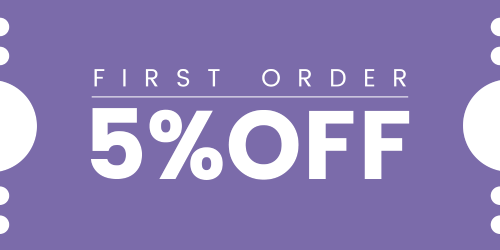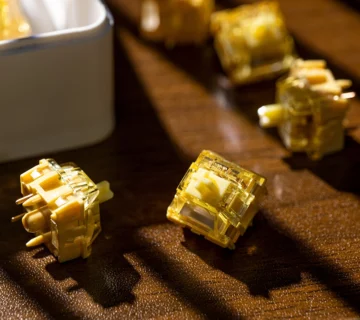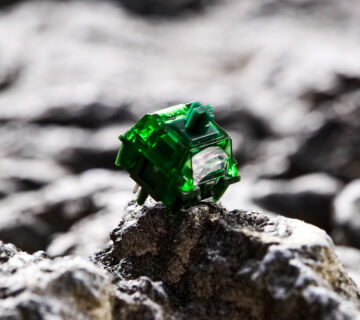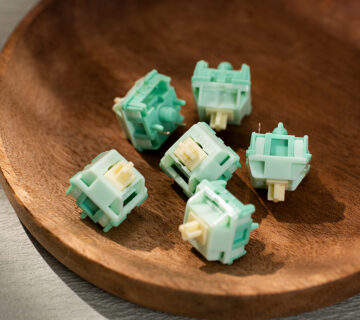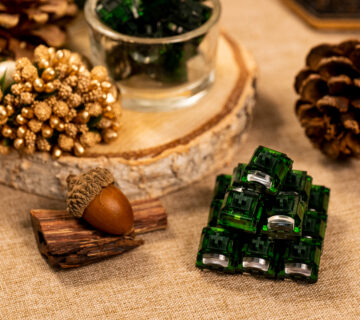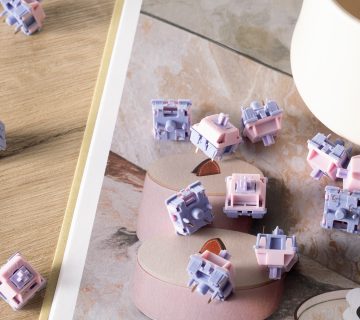The Ultimate Guide to Lubing Your Mechanical Keyboard Switches
If you’re deep into the world of mechanical keyboards, you’ve probably heard terms like “lube switch” or “lube stab keyboard.” For seasoned enthusiasts, lubricating switches is almost a rite of passage—one of the first true customizations that can dramatically improve the typing experience.
In this post, we break down what switch lubing is, why it matters, and when (or when not) to do it. Whether you’re a newcomer or looking to fine-tune your build, this guide is for you.
What Is a Lubed Switch?
A lube switch simply means applying a lubricant to the internal parts of a mechanical switch. The goal is to reduce friction, resulting in smoother key travel and a softer, more refined keystroke. By lubricating the stem, spring, and other moving parts, you’re essentially upgrading the feel and sound of your keyboard.
Benefits of Lubing Your Switches
- Smoother Keystrokes
Lubrication allows the stem inside the switch to move with less resistance. This translates into lighter keypresses and less fatigue over long typing or gaming sessions. - Reduced Hand Fatigue
By lowering the actuation resistance, lubed switches make typing feel lighter and more comfortable, especially helpful during extended use. - Noise Reduction
Tired of scratchy or pingy key sounds? Lubing helps dampen switch noise, especially noticeable on tactile or linear switches. It can also soften the loud clicks from clicky switches (though this may or may not be desirable—more on that below). - Enhanced Switch Stability
Lubed switches tend to feel more stable and less wobbly. It also helps minimize micro-vibrations that naturally develop over time with repeated use. - Enhanced Sound Profile
Lubed switches produce a deeper, more refined sound when pressed, creating a more premium typing experience—especially with linear and tactile switches. - Customized Feel Without Replacement
If you’re not ready to switch out your entire set of switches, lubing allows you to tune the feel and sound of your current ones without a full upgrade.
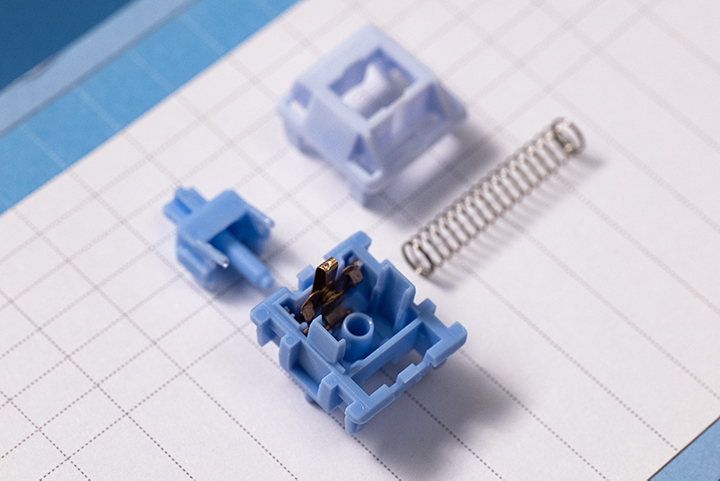
What to Lube?
There are two main types of lubricants:
- Oil (e.g., Krytox 205g0 or Tribosys 3203) – Great for stems and springs. Offers a smooth, non-sticky glide.
- Grease (thicker) – Sometimes used for stabilizers or clicky switches where dampening is needed.
How to lube a switch?
Lubing methods vary. Some prefer a brush-on approach after disassembling the switch (manual but precise), while others use lube stations or even bag-lube methods for springs.
Understanding Switch Structure (Using an MX-Style Switch as an Example)
From top to bottom, the switch consists of:
Top housing, Stem, Spring, Bottom housing

- Top Housing Lubing
As shown in the picture, where the stem contacts the top housing, the contact area is marked in red. To reduce the noise from the stem hitting the top housing, apply lubricant to the yellow-marked area.

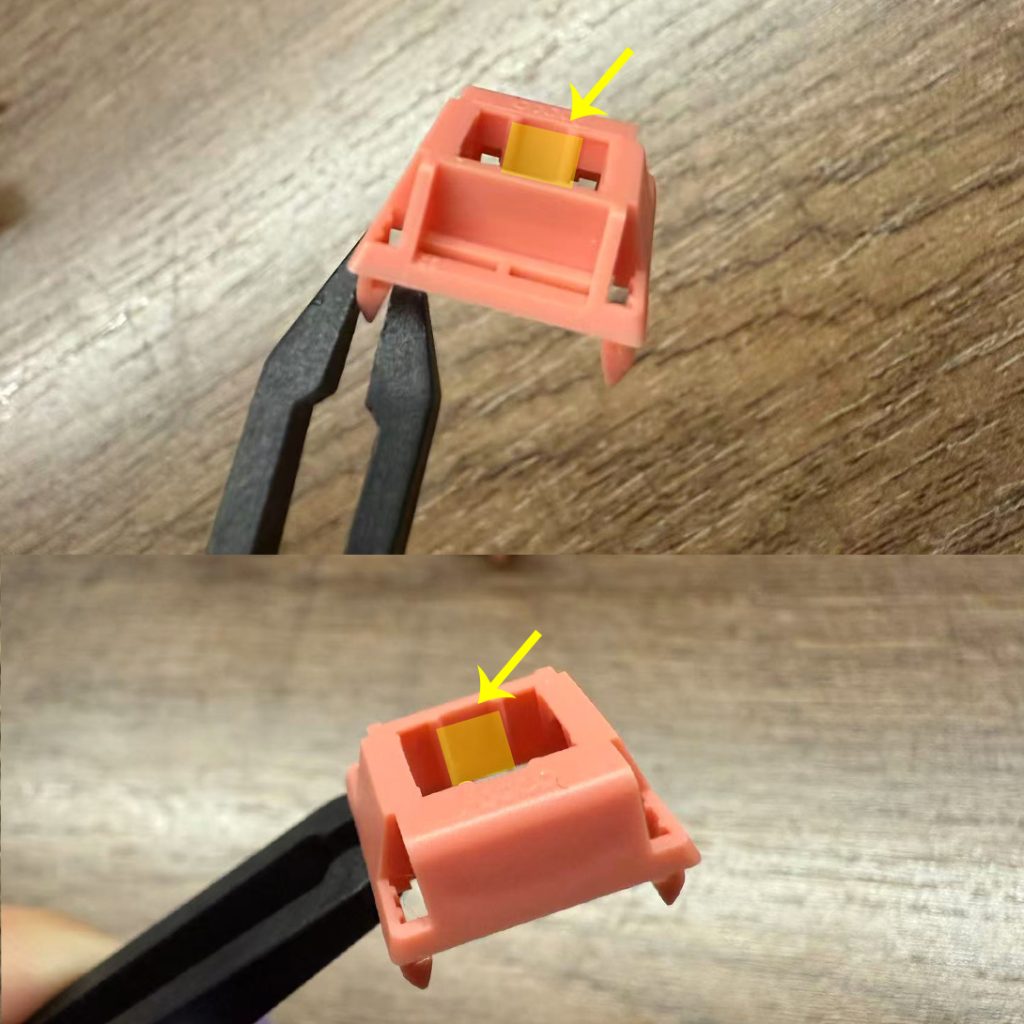
- Stem Lubing
As shown in the picture, where the stem contacts the top housing, the contact area is marked in red.
To reduce the noise from the stem hitting the top housing, apply lubricant to the red-marked area.

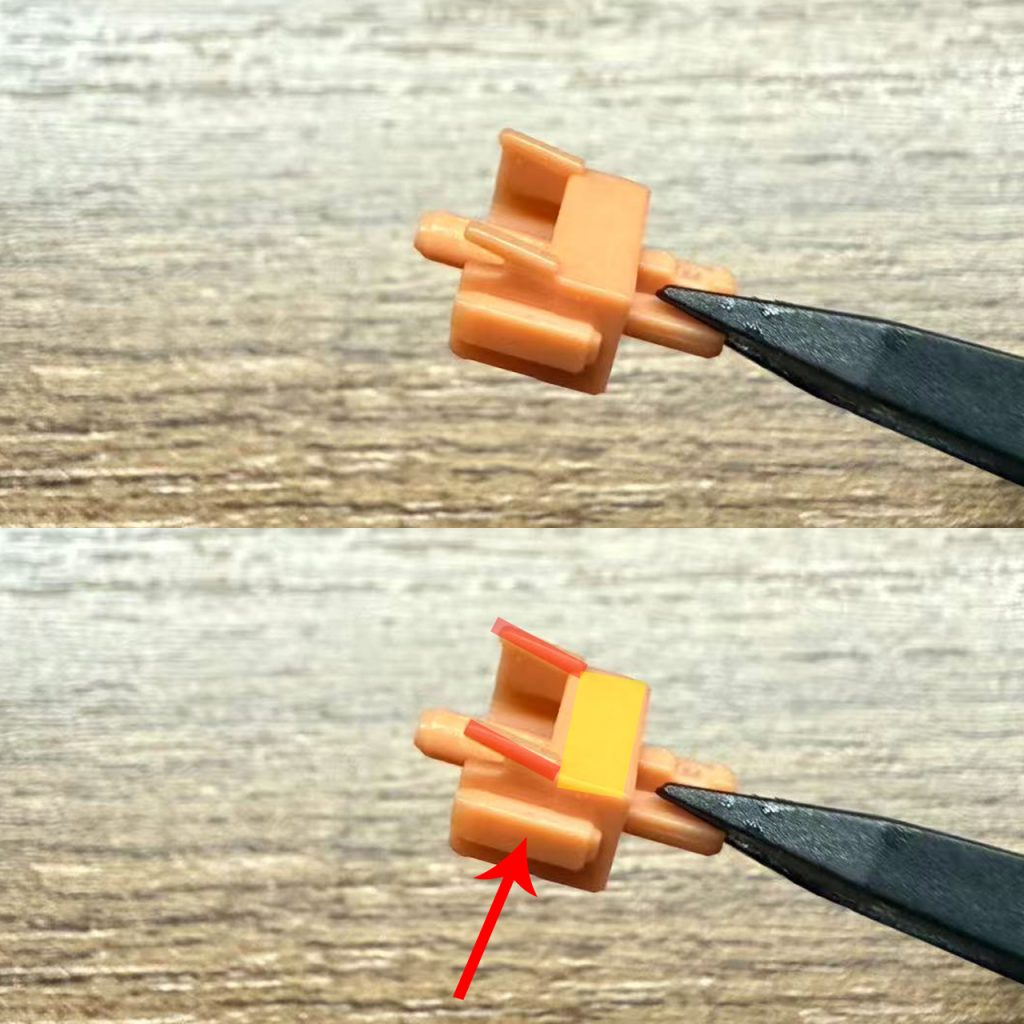
- Bottom Housing Lubing
Usually, lube both side rails (yellow arrows) evenly.
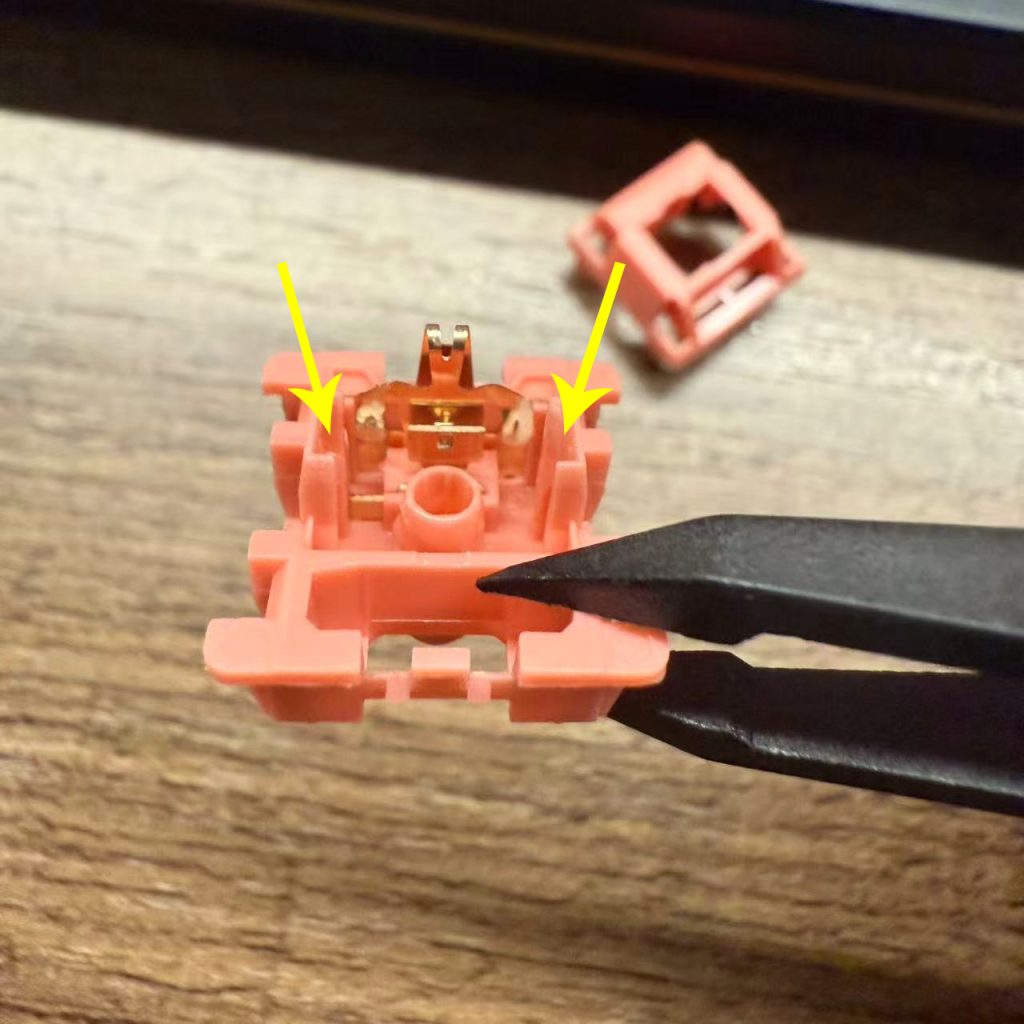
Whatever your method, precision is key: too much lube can cause mushiness or even affect switch function.
Note: The way and areas chosen to lubricate switches can vary greatly. This article just covers the most common methods.
When Not to Lube Your Switches
While lubing brings many benefits, it’s not for everyone. Here’s when you might want to skip it:
- You’re satisfied with your current switch feel. If it ain’t broke, don’t fix it.
- You love the crisp click of clicky switches. Lubing can mute that signature sound and reduce tactile feedback.
- You lack the tools, time, or patience. Switch lubing can be time-consuming, especially if done right. If you’re not ready to invest the effort, it’s better to hold off or find a professional.
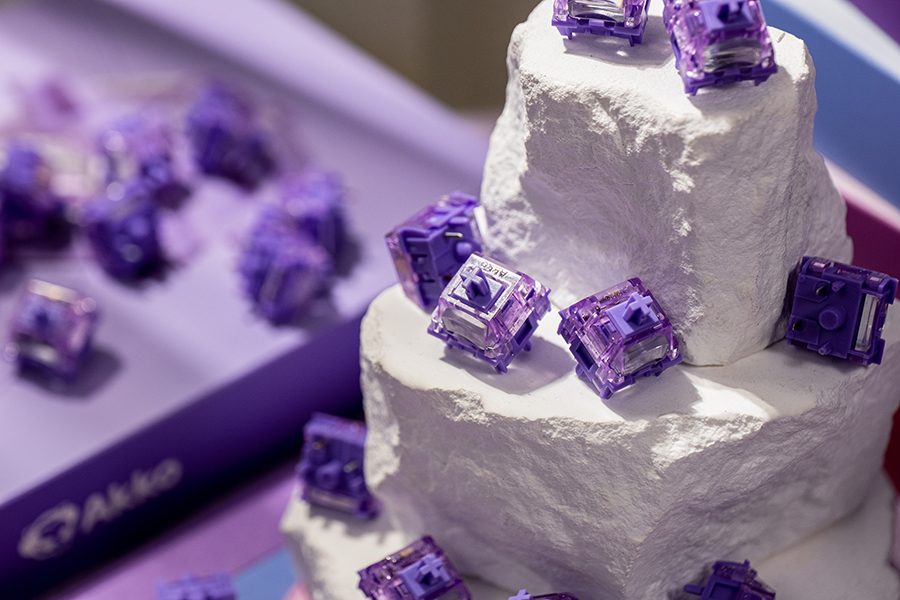
Don’t Want to Lube Yourself? Choose Akko.
We get it—not everyone wants to spend hours opening switches and applying lube with a brush. If you’d rather skip the hassle, Akko offers pre-lubed switches straight from the factory. You can find the ‘lubed’ both in the product title and in the filter options.
Our upgraded factory lubrication ensures smooth, satisfying keystrokes right out of the box—no extra work needed.
Final Thoughts
Switch lubing is one of the most rewarding upgrades you can make to a mechanical keyboard. It enhances the smoothness, reduces noise, and improves overall typing comfort. That said, not every setup needs it, and not every user wants to do it themselves.
If you’d prefer not to go through the lubing process yourself, Akko’s pre-lubed switches offer consistent lubrication tailored to each switch type, delivering a smooth experience right out of the box. You can find the “lubed” tag in both the product title and filter options to make your search easier.
Happy typing!



